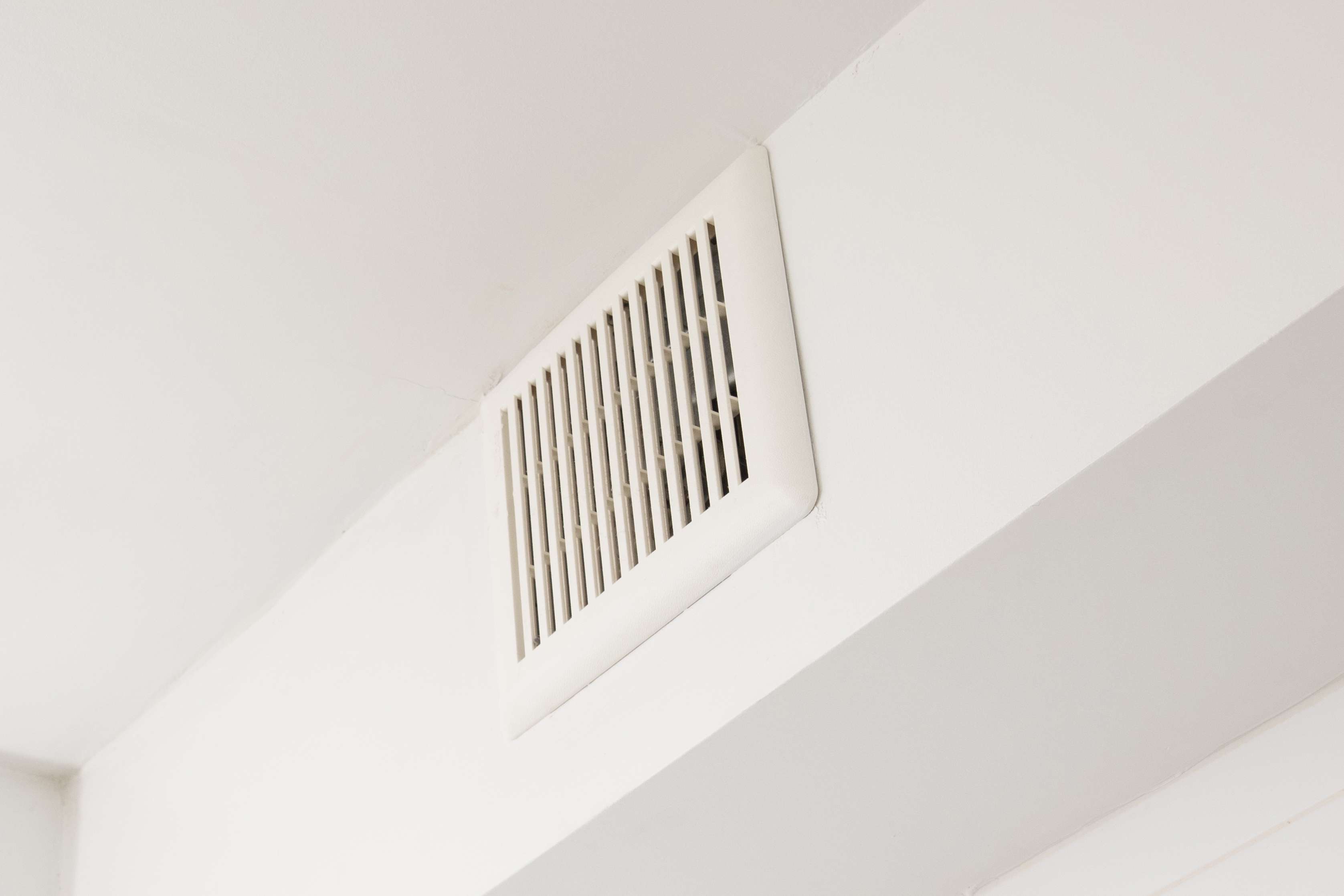

Articles
How To Choose Bathroom Exhaust Fan
Modified: January 31, 2024
Looking for articles on how to choose the perfect bathroom exhaust fan? Find expert advice and tips on selecting the best fan for your bathroom at [website name].
(Many of the links in this article redirect to a specific reviewed product. Your purchase of these products through affiliate links helps to generate commission for Storables.com, at no extra cost. Learn more)
Introduction
Welcome to the ultimate guide on how to choose the perfect bathroom exhaust fan for your home. While often overlooked, a bathroom exhaust fan plays a crucial role in maintaining the hygiene and comfort of your bathroom. It helps to remove excess moisture, odor, and pollutants, ensuring a clean and fresh environment.
Choosing the right bathroom exhaust fan can seem like a daunting task with so many options available in the market. However, by considering a few key factors, you can make an informed decision that suits your needs and preferences.
In this article, we will explore the essential factors to consider when selecting a bathroom exhaust fan, such as size and ventilation capacity, noise level, energy efficiency, type of fan, installation method, and additional features. By the end of this guide, you will be equipped with the knowledge to make the right choice for your bathroom.
Key Takeaways:
- Choosing the right bathroom exhaust fan involves considering factors such as size, noise level, energy efficiency, type, installation, and additional features. By making an informed decision, you can create a clean, fresh, and comfortable bathroom environment.
- Proper ventilation is crucial for a healthy bathroom. Factors like noise level, energy efficiency, and installation method play a significant role in selecting the ideal exhaust fan. Consider these factors to enhance your bathroom experience and well-being.
Read more: How To Choose A Bathroom Exhaust Fan
Factors to Consider When Choosing a Bathroom Exhaust Fan
When it comes to selecting a bathroom exhaust fan, there are several important factors to consider. Taking these factors into account will ensure that you choose a fan that not only meets your specific needs but also provides efficient ventilation and a comfortable environment in your bathroom. Let’s dive into these factors:
1. Size and Ventilation Capacity
The size of your bathroom plays a crucial role in determining the appropriate size and ventilation capacity of the exhaust fan. A general rule of thumb is to choose a fan that can provide at least one air change per hour, which means it should be able to replace the entire volume of air in the bathroom within an hour. To calculate the required ventilation capacity, multiply the length, width, and height of your bathroom. For larger bathrooms, you may need a fan with a higher CFM (cubic feet per minute) rating.
2. Noise Level
Noise can be a significant concern, especially if your bathroom is located near bedrooms or living areas. Look for a fan that operates quietly without sacrificing performance. Manufacturers often provide noise ratings in sones, with a lower sone rating indicating quieter operation. A fan with a sone rating of 1 or 2 is considered quiet and ideal for residential bathrooms.
3. Energy Efficiency
Energy-efficient exhaust fans not only help to reduce your carbon footprint but also save you money on energy bills. Look for fans that are ENERGY STAR certified, as they meet strict energy efficiency standards and can provide substantial energy savings compared to non-certified models. These fans are equipped with features such as advanced motors, LED lighting, and timers to optimize energy consumption.
Read more: What Is An Exhaust Fan
4. Type of Fan
Bathroom exhaust fans come in various types, including ceiling-mounted fans, wall-mounted fans, inline fans, and combination fans with built-in lighting. Consider the layout and design of your bathroom to determine which type of fan will work best for you. Ceiling-mounted fans are the most common and can be installed directly on the ceiling, while wall-mounted fans are ideal for bathrooms with limited ceiling space.
5. Installation Method
Consider the complexity of installation when choosing a bathroom exhaust fan. If you are comfortable with DIY projects, you may opt for a fan that can be easily installed using basic tools. However, if you are uncertain about the installation process, it is recommended to hire a professional to ensure that the fan is properly installed and vented to the outside. Improper installation can lead to inadequate ventilation and potential issues down the line.
6. Additional Features
Some bathroom exhaust fans offer additional features that can enhance your overall bathroom experience. These features may include built-in heaters, motion sensors, humidity sensors, and adjustable speed controls. Consider your specific needs and preferences to determine which additional features, if any, are important to you.
By carefully considering these factors, you can select the ideal bathroom exhaust fan that will provide effective ventilation, noise-free operation, energy efficiency, and convenience. Investing in a high-quality exhaust fan will not only improve the air quality in your bathroom but also contribute to the overall comfort and well-being of your home.
Size and Ventilation Capacity
When it comes to selecting a bathroom exhaust fan, one of the most critical factors to consider is the size and ventilation capacity. This factor directly impacts the fan’s ability to effectively remove moisture, odors, and pollutants from the bathroom, ensuring a healthy and comfortable environment. Let’s explore this factor in more detail:
1. Assessing the Size:
The size of your bathroom is a key determinant when choosing the right exhaust fan. Larger bathrooms typically require fans with higher ventilation capacities to effectively circulate the air. To determine the appropriate size, you need to calculate the volume of your bathroom by multiplying the length, width, and height. This will give you the necessary information to select a fan with the right capacity measured in cubic feet per minute (CFM).
2. Determining Ventilation Capacity:
It is crucial to ensure that the exhaust fan you choose has an adequate ventilation capacity to effectively remove moisture and maintain proper air circulation in your bathroom. The recommended airflow rate typically ranges from 1 CFM per square foot to a minimum of 50 CFM for smaller bathrooms and up to 100 CFM or more for larger bathrooms.
3. Understanding Air Changes per Hour (ACH):
Air Changes per Hour (ACH) is a measure of how many times the air in the bathroom is replaced within an hour. The more air changes per hour, the more efficiently the exhaust fan can remove moisture and odors. For residential bathrooms, it is generally recommended to have one air change every 8 to 10 minutes (5 to 6 air changes per hour).
4. Considering Other Factors:
While considering the size and ventilation capacity, it’s vital to take into account additional factors that can affect the efficiency of the exhaust fan. These factors include bathroom usage frequency, the number of occupants, proximity to windows or exterior walls for venting, and the presence of other ventilation openings such as windows or trickle vents.
5. Selecting the Right CFM:
Once you have assessed the size of the bathroom and determined the required ventilation capacity in CFM, you can select an appropriate exhaust fan. Remember, it is always better to choose a fan with a slightly higher CFM to ensure effective ventilation and mitigate any potential limitations in real-world usage.
Choosing the right size and ventilation capacity for your bathroom exhaust fan is crucial to maintain a healthy and comfortable environment. By accurately assessing the size of your bathroom and considering the necessary ventilation requirements, you can select a fan that effectively removes moisture, reduces odors, and promotes a fresh and enjoyable bathroom atmosphere.
Read more: How To Fix Bathroom Exhaust Fan
Noise Level
When selecting a bathroom exhaust fan, it’s important to consider the noise level of the fan. A noisy fan can be disruptive, especially if your bathroom is near bedrooms or living areas. It’s crucial to choose a fan that operates quietly, without compromising its performance. Let’s explore this factor in more detail:
1. Understanding Noise Ratings:
The noise level of a bathroom exhaust fan is measured in sones. A sone is a unit that represents the perceived loudness of a sound. The lower the sone rating, the quieter the fan. Most bathroom fans on the market range from 0.5 to 4 sones. Fans with a sone rating of 1 or 2 are considered quiet and are suitable for residential bathrooms.
2. Considering Personal Preference:
Noise tolerance varies from person to person. Some individuals may be more sensitive to noise and prefer a quieter fan, while others may not mind a slightly louder fan. Consider your personal preference and the location of your bathroom in relation to other living areas when choosing the noise level of your fan.
3. Checking Manufacturer Specifications:
Manufacturers typically provide noise ratings for their bathroom exhaust fans in product specifications. These ratings can help you compare different models and select a fan with the desired noise level. Consider looking for fans with lower sone ratings for a quieter operation.
4. Considering Fan Speed:
Most bathroom exhaust fans offer multiple speed options, allowing you to adjust the fan speed according to your needs. Running the fan at a lower speed can help reduce noise levels, especially during times when a lower ventilation rate is sufficient. Having this flexibility can provide you with the perfect balance between efficient ventilation and minimal noise.
5. Seeking Recommendations:
If noise is a significant concern for you, consider seeking recommendations from experts or reading customer reviews. Feedback from others who have already installed a particular fan can provide valuable insights into the noise level and overall satisfaction with the product.
6. Considering Noise-Reduction Features:
Some bathroom exhaust fans offer noise-reduction features to minimize the sound produced. These features may include insulated ducts, sound-absorbing materials, and vibration dampening technologies. Investing in a fan with these additional features can help create a quieter environment in your bathroom.
Choosing a bathroom exhaust fan with a suitable noise level is crucial to ensure a peaceful and comfortable bathroom experience. By considering your noise tolerance, checking manufacturer specifications, and exploring noise-reduction features, you can select a fan that operates quietly while efficiently removing moisture, odors, and pollutants from your bathroom.
Energy Efficiency
Energy efficiency is an important factor to consider when choosing a bathroom exhaust fan. Opting for an energy-efficient fan not only helps reduce your carbon footprint but also saves you money on energy bills. Let’s explore why energy efficiency matters and how to select an energy-efficient exhaust fan:
1. Lower Energy Consumption:
An energy-efficient exhaust fan is designed to consume less electricity compared to standard models. These fans are equipped with advanced technologies, such as efficient motors and aerodynamic fan blades, to achieve optimal airflow with reduced energy usage. By choosing an energy-efficient fan, you can cut down on energy consumption and contribute to a greener environment.
2. ENERGY STAR Certification:
Look for bathroom exhaust fans that are ENERGY STAR certified. ENERGY STAR is a trusted program that distinguishes energy-efficient products that meet strict efficiency standards set by the Environmental Protection Agency (EPA). Fans with the ENERGY STAR label are thoroughly tested and proven to provide significant energy savings without compromising performance.
3. Energy-Saving Features:
Consider the additional energy-saving features offered by certain exhaust fan models. These features can include built-in LED lighting, which is more energy-efficient than traditional incandescent bulbs. Look for fans with adjustable timers or humidity sensors that can automatically switch off the fan when it is no longer needed, saving energy in the process.
4. Calculating Fan Wattage:
When comparing different exhaust fan models, check the wattage rating provided by the manufacturer. The wattage indicates the amount of power the fan consumes. Lower wattage means less energy consumption. By selecting a fan with lower wattage, you can contribute to energy savings without compromising on performance.
5. Long-Term Savings:
While energy-efficient exhaust fans may have a higher upfront cost, they can offer long-term savings. The energy savings over time can offset the initial investment. Additionally, energy-efficient fans can help reduce heat and moisture buildup in your bathroom, potentially extending the lifespan of other bathroom fixtures and reducing the need for costly maintenance.
6. Energy Efficiency Tips:
Regardless of the fan you choose, there are a few energy efficiency tips to keep in mind. Use the fan only when necessary and avoid leaving it running for extended periods when the bathroom is unoccupied. Regularly clean and maintain the fan to ensure optimal airflow and efficiency. Additionally, consider sealing any air leaks around the exhaust fan and ductwork to prevent heat loss or gain.
By selecting an energy-efficient exhaust fan, you can enjoy the benefits of reduced energy consumption, lower utility bills, and a more sustainable lifestyle. Look for ENERGY STAR certification, energy-saving features, and calculate the fan’s wattage to make an informed decision that aligns with your energy efficiency goals.
Type of Fan
When selecting a bathroom exhaust fan, considering the type of fan is crucial to ensure that it fits your specific needs and bathroom layout. There are various types of fans available in the market, each with its own advantages and considerations. Let’s explore the different types of fans to help you make an informed decision:
1. Ceiling-Mounted Fans:
Ceiling-mounted exhaust fans are the most common type of fan found in residential bathrooms. These fans are installed directly on the ceiling, typically in the center or near the shower area. They are designed to remove moisture, odors, and pollutants from the bathroom through ductwork that leads to the outside. Ceiling-mounted fans are relatively easy to install and provide effective ventilation for most bathrooms.
2. Wall-Mounted Fans:
If your bathroom has limited ceiling space or you prefer an alternative installation option, wall-mounted exhaust fans may be a suitable choice. These fans are mounted on an exterior wall and vent directly to the outside. They are ideal for bathrooms where ceiling installation is not feasible or where you want to supplement existing ventilation. Wall-mounted fans can be placed at an optimal spot to ensure efficient airflow and moisture removal.
3. Inline Fans:
Inline fans, also known as remote-mounted fans, are installed in the attic or crawl space and are connected to the bathroom via ductwork. These fans are a great option if you want to minimize noise in the bathroom since the fan itself is located remotely, reducing the noise level. Inline fans provide powerful ventilation and can be used for multiple bathrooms, making them a popular choice for larger homes or commercial settings.
4. Combination Fans:
Combination fans offer the advantages of both a bathroom exhaust fan and a built-in light fixture. These fans are typically ceiling-mounted and come with integrated lighting options, such as LED lights. Combination fans provide both ventilation and illumination in one unit, reducing the need for separate light fixtures and maximizing space utilization in the bathroom.
5. Considerations for Venting:
When choosing the type of fan, it’s important to consider the venting requirements. Most fans require ventilation to the outside to effectively remove moisture and odors. Ensure that your chosen fan type aligns with the available venting options in your bathroom. If venting through the roof or exterior wall is not feasible, you may need to explore alternative solutions such as ductless fans that use charcoal filters to remove odors.
6. Consult a Professional:
If you are unsure about the type of fan that would be best for your bathroom, it’s advisable to consult a professional. A qualified electrician or a specialist in ventilation systems can assess your bathroom layout, ventilation requirements, and any specific considerations to recommend the most suitable type of fan for your needs.
By understanding the different types of bathroom exhaust fans and considering the specific requirements of your bathroom, you can select a fan that provides optimal ventilation and meets your preferences. Whether it’s a ceiling-mounted fan, wall-mounted fan, inline fan, or a combination fan, there is a type of fan available to suit your unique needs.
Installation Method
When it comes to choosing a bathroom exhaust fan, considering the installation method is essential to ensure a proper and efficient ventilation system in your bathroom. The installation method will depend on various factors such as the type of fan, your bathroom layout, and your level of expertise. Let’s explore the different installation methods to help you make an informed decision:
1. DIY Installation:
If you are comfortable with basic electrical work and have some DIY experience, you can opt for a fan that is designed for DIY installation. These fans usually come with detailed instructions and are relatively straightforward to install. However, it’s important to note that electrical work should be done carefully and in compliance with local building codes. If you are uncertain about any aspect of the installation, it’s best to consult a professional electrician.
2. Professional Installation:
If you prefer a hassle-free installation process or if you are not confident in your DIY skills, it’s recommended to hire a professional electrician or a specialist in ventilation systems. They have the expertise and tools to ensure that the fan is installed correctly, in compliance with building codes, and effectively vented to the outside. Hiring a professional not only guarantees a safe and efficient installation but also saves you time and effort.
3. Existing Wiring and Ductwork:
When choosing a bathroom exhaust fan, consider the existing wiring and ductwork in your bathroom. If you are replacing an old fan, it’s often easier to install a new fan that fits into the existing wiring and ductwork. This eliminates the need for additional electrical work or major modifications to the ventilation system. However, if your bathroom does not have pre-existing wiring or ductwork, you may need to factor in the additional costs and considerations for installation.
4. Venting Options:
Proper venting is crucial for effective ventilation and moisture removal. Depending on your bathroom layout and the type of fan you choose, different venting options may be available. Ceiling-mounted fans typically vent through the roof or the nearest exterior wall. Wall-mounted fans will vent directly through an exterior wall. Inline fans require ductwork to connect the fan to the exterior. Consider the most practical and efficient venting option for your bathroom when selecting the installation method.
5. Additional Considerations:
During the installation process, it’s important to consider other factors that can affect the performance of the exhaust fan. These factors include the location of the fan in relation to the shower or bathtub, the accessibility of the fan for cleaning and maintenance, and the overall aesthetics of the bathroom. Ensuring proper installation and placement will maximize the fan’s efficiency and longevity.
6. Compliance with Building Codes:
When installing a bathroom exhaust fan, it’s essential to comply with local building codes and regulations. These codes may dictate requirements for venting, electrical connections, and safety measures. By adhering to the building codes, you ensure that the installation is safe, meets the necessary standards, and can help prevent potential issues down the line.
By considering the installation method that matches your skill level, investing in professional installation if needed, assessing venting options, and complying with building codes, you can ensure a successful and efficient installation of your bathroom exhaust fan. With proper installation, you can enjoy a well-ventilated bathroom that promotes hygiene, prevents moisture-related issues, and enhances your overall comfort.
Read more: How To Change Bathroom Exhaust Fan
Additional Features
When choosing a bathroom exhaust fan, considering additional features can enhance your overall bathroom experience and provide added convenience and functionality. While not essential, these features can offer unique benefits and make your ventilation system more effective. Let’s explore some of the additional features to consider:
1. Built-in Lighting:
Many bathroom exhaust fans come with built-in lighting options, typically LED lights. These lights provide additional illumination in the bathroom, eliminating the need for separate light fixtures. Built-in lighting can improve visibility and create a more pleasant ambience in the space.
2. Motion Sensors:
Some exhaust fans are equipped with motion sensors that automatically turn on the fan when you enter the bathroom and turn it off when you leave. This feature ensures that the fan is operating when it is needed and helps conserve energy by automatically shutting off when the bathroom is unoccupied.
3. Humidity Sensors:
Excessive moisture in the bathroom can lead to mold, mildew, and other moisture-related issues. Fans with humidity sensors detect the humidity levels in the bathroom and automatically turn on when the humidity exceeds a certain threshold. They help maintain optimal humidity levels and prevent the buildup of moisture in the space.
4. Adjustable Speed Controls:
Consider a bathroom exhaust fan with adjustable speed controls. These fans allow you to manually adjust the fan speed to meet your specific needs. Higher speeds can quickly remove excess moisture and odors, while lower speeds provide a quieter operation when a lower ventilation rate is sufficient.
5. Timers:
Timers are a useful feature that allows you to set the fan to operate for a specific duration. This feature ensures that the fan continues to run for a set time after you leave the bathroom, ensuring effective ventilation even if you forget to turn it off. Timers can help prevent excess humidity and maintain a fresh bathroom environment.
6. Bluetooth Speakers:
For those who enjoy listening to music or podcasts while getting ready in the bathroom, some exhaust fans come with built-in Bluetooth speakers. These fans combine ventilation with entertainment, allowing you to connect your device and enjoy your favorite tunes during your bathroom routine.
7. Nightlight:
A nightlight feature provides a soft, gentle illumination in the bathroom during the night. It helps navigate the space without the need for full lighting, creating a soothing atmosphere and reducing the risk of accidents.
While additional features may increase the cost of the exhaust fan, they can significantly enhance your bathroom experience. Consider your specific needs and preferences to determine which additional features are important to you and align with your lifestyle.
By opting for a fan with built-in lighting, motion sensors, humidity sensors, adjustable speed controls, timers, Bluetooth speakers, or a nightlight, you can customize your ventilation system and create a more comfortable and enjoyable bathroom environment.
When choosing a bathroom exhaust fan, make sure to consider the size of your bathroom, the noise level of the fan, and the air flow capacity. Look for a fan with a high CFM (cubic feet per minute) rating to ensure effective ventilation.
Conclusion
Choosing the right bathroom exhaust fan is essential for maintaining a clean, fresh, and healthy environment in your bathroom. By considering key factors such as size and ventilation capacity, noise level, energy efficiency, type of fan, installation method, and additional features, you can make an informed decision that meets your specific needs and preferences.
When it comes to size and ventilation capacity, assess the dimensions of your bathroom and determine the appropriate airflow rate required to effectively remove moisture and odors. Select a fan that provides sufficient ventilation for your bathroom size and usage frequency to ensure optimal air circulation.
Noise level is another crucial factor to consider. Choose a fan with a sone rating that suits your sensitivity to noise and the proximity of your bathroom to living areas. A quieter fan ensures a peaceful and undisturbed bathroom experience.
Energy efficiency is not only eco-friendly but also helps reduce your energy bills. Look for fans that are ENERGY STAR certified and have additional energy-saving features such as LED lighting, adjustable timers, and efficient motors. These features contribute to lower energy consumption and a greener lifestyle.
The type of fan you choose depends on various factors, including your bathroom layout and personal preference. Ceiling-mounted fans are the most common, while wall-mounted fans are ideal for limited ceiling space. Inline fans offer powerful ventilation for larger bathrooms, and combination fans provide both ventilation and lighting in one unit.
Consider the installation method that suits your skill level and consult a professional if needed. Proper installation ensures effective operation and compliance with building codes. Also, explore the venting options and ensure your fan is properly vented to the outside for optimal performance.
Additional features such as built-in lighting, motion sensors, humidity sensors, adjustable speed controls, timers, Bluetooth speakers, and nightlights can enhance your bathroom experience. Choose the features that align with your preferences and make your daily routine more enjoyable.
In conclusion, by carefully considering these factors and making an informed decision, you can select the perfect bathroom exhaust fan that effectively removes moisture, controls odors, and improves air quality. It’s an investment that contributes to your overall comfort, cleanliness, and well-being in your bathroom. Enjoy the benefits of a well-ventilated and refreshing space!
Frequently Asked Questions about How To Choose Bathroom Exhaust Fan
Was this page helpful?
At Storables.com, we guarantee accurate and reliable information. Our content, validated by Expert Board Contributors, is crafted following stringent Editorial Policies. We're committed to providing you with well-researched, expert-backed insights for all your informational needs.
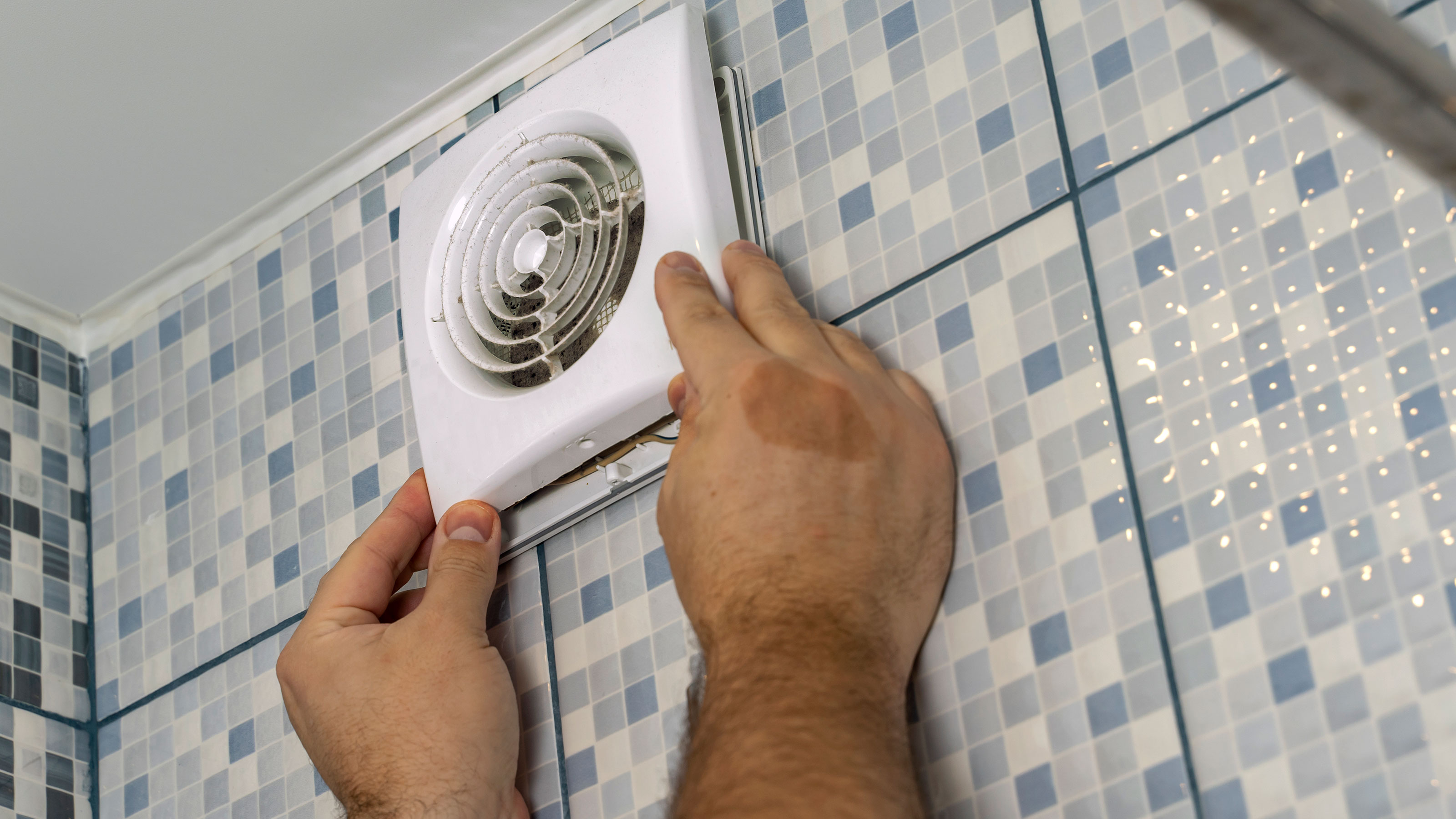
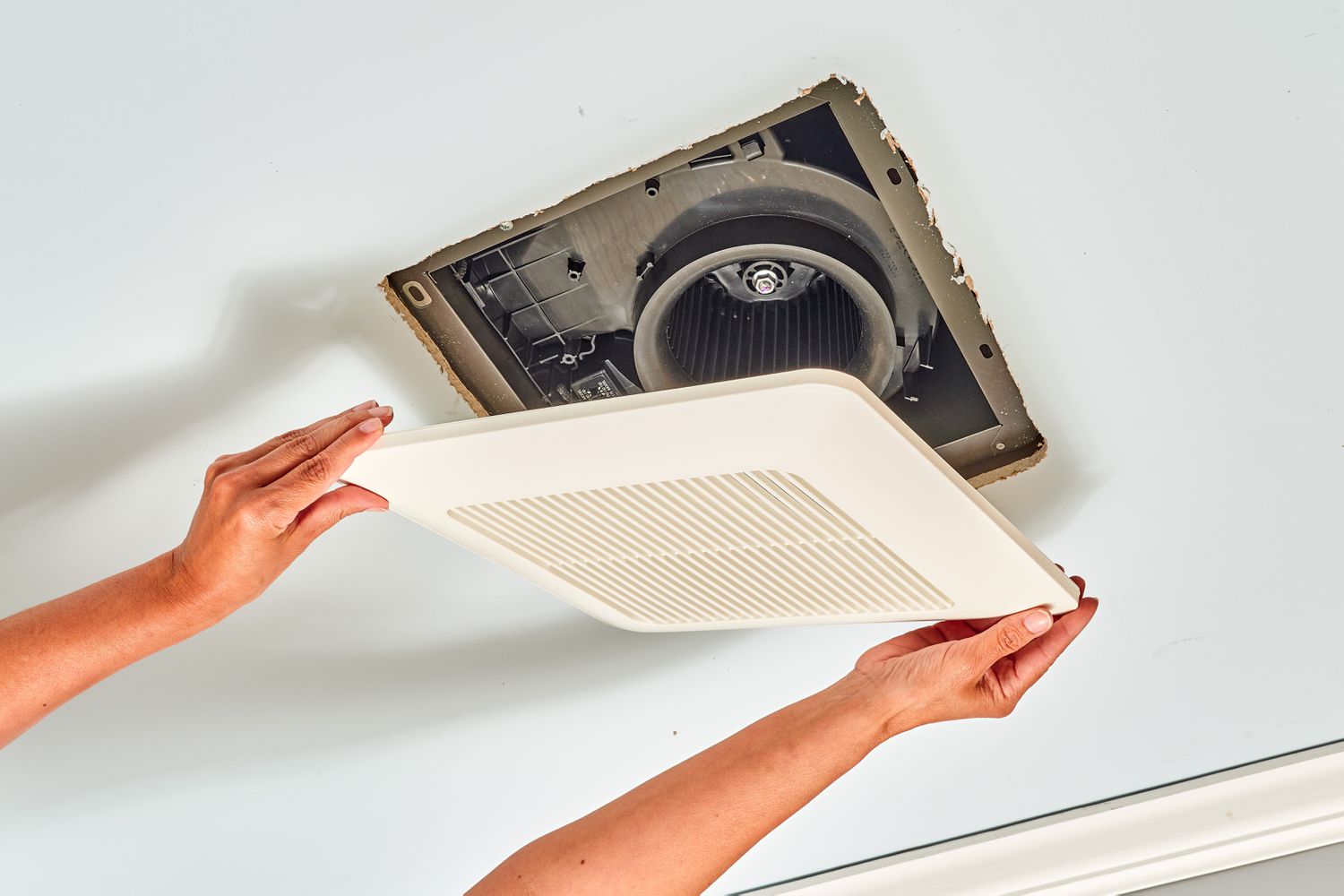
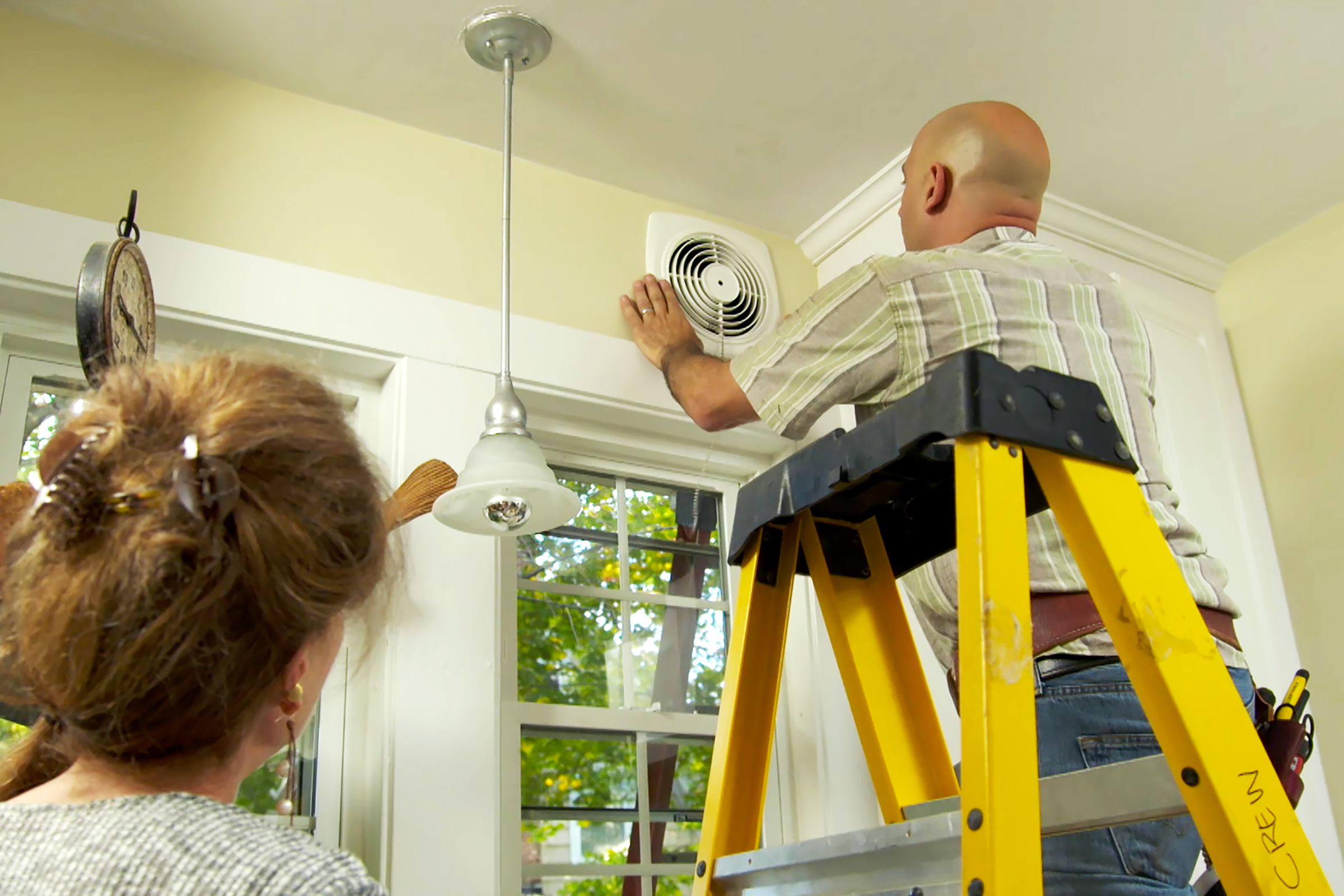
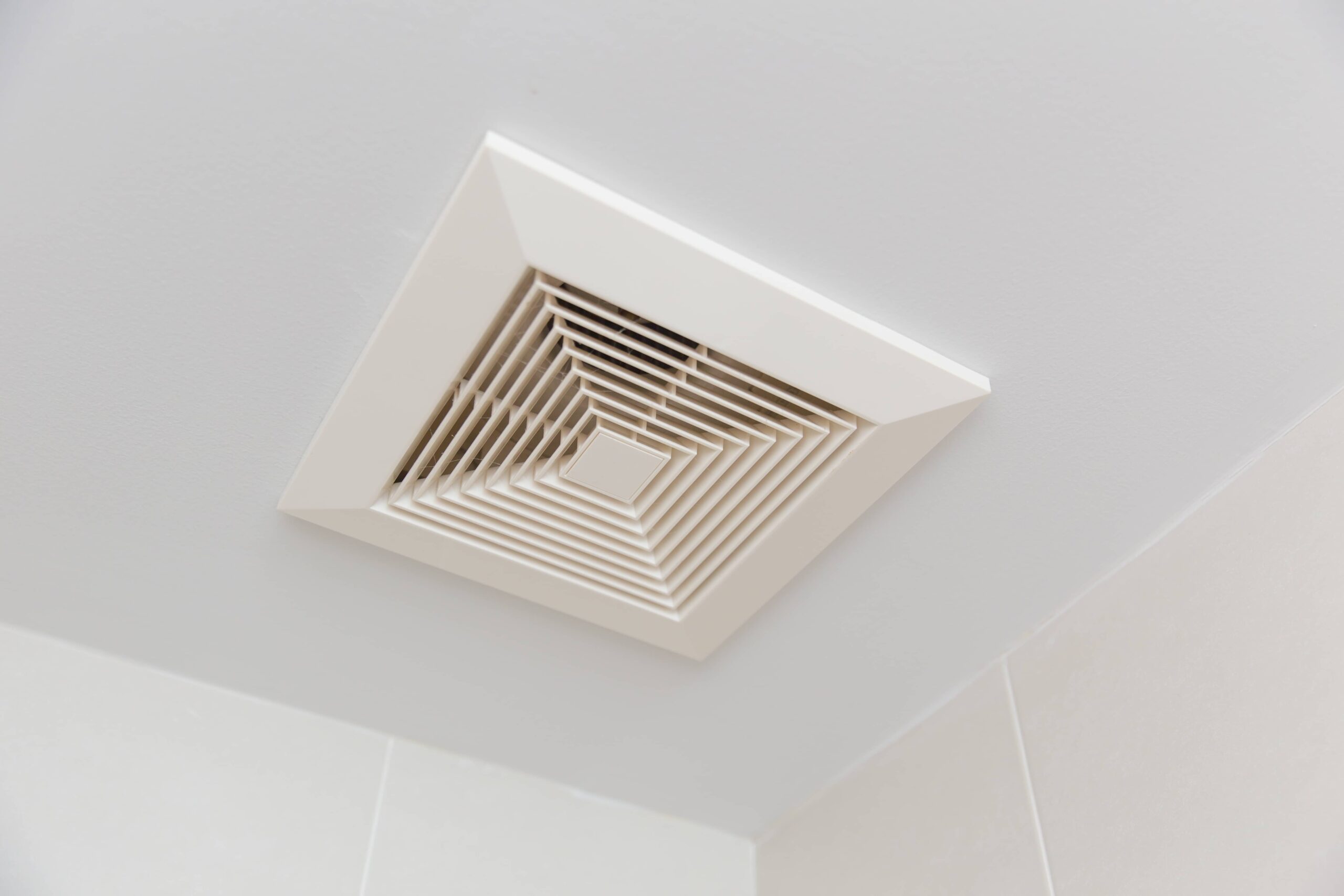
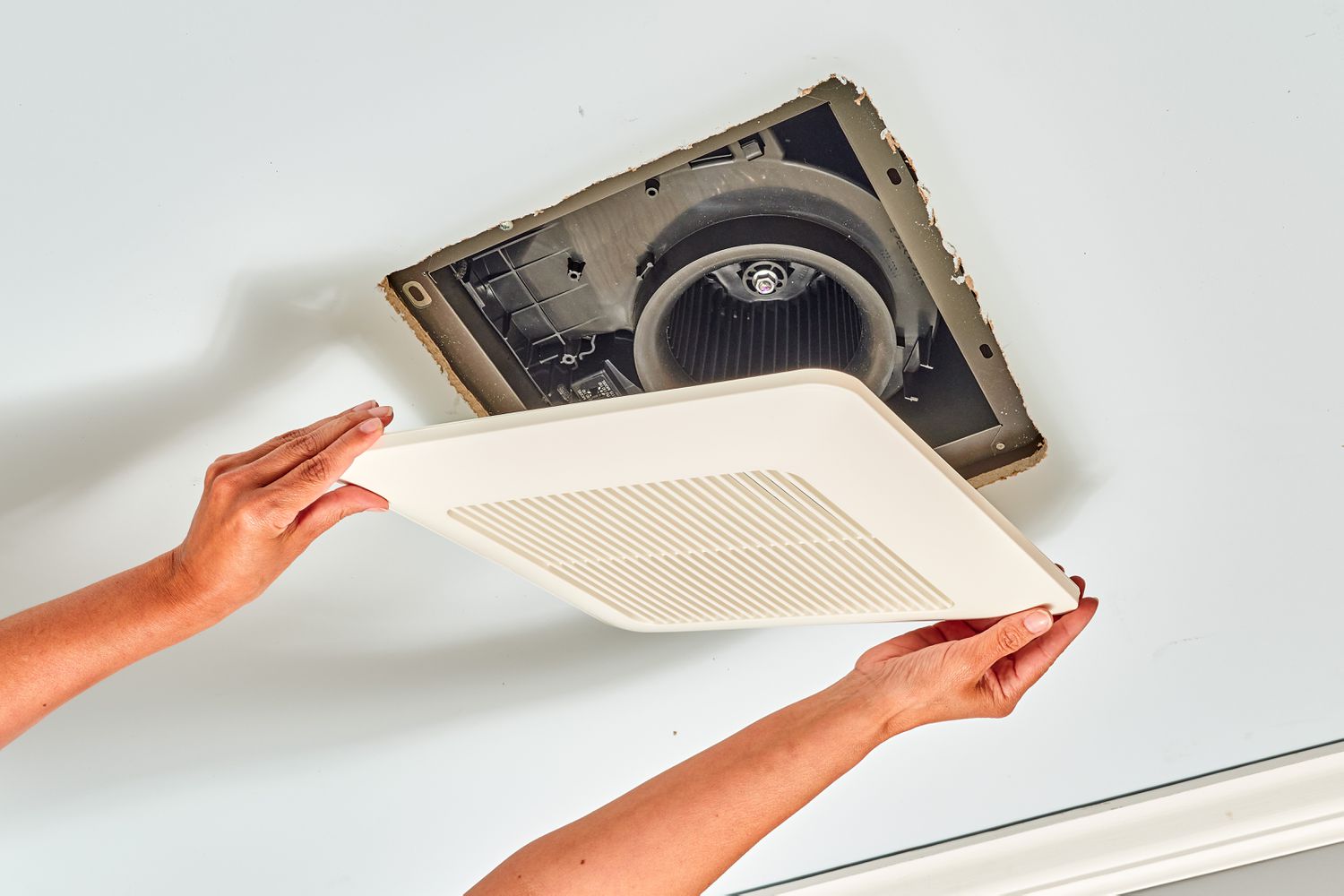
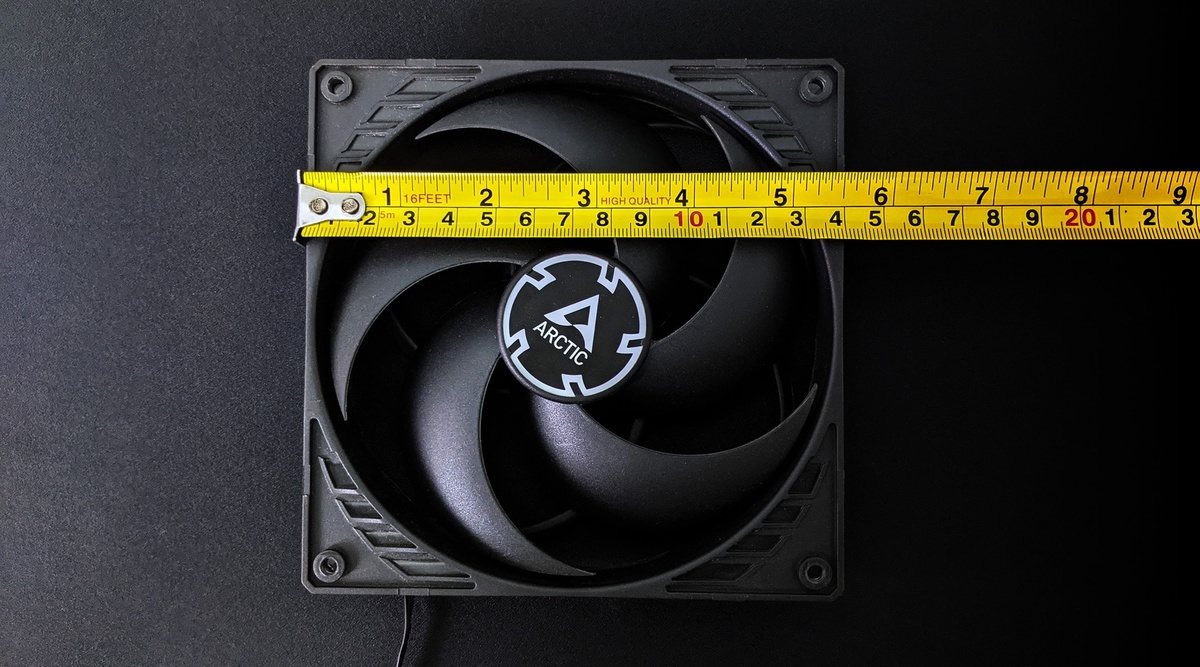
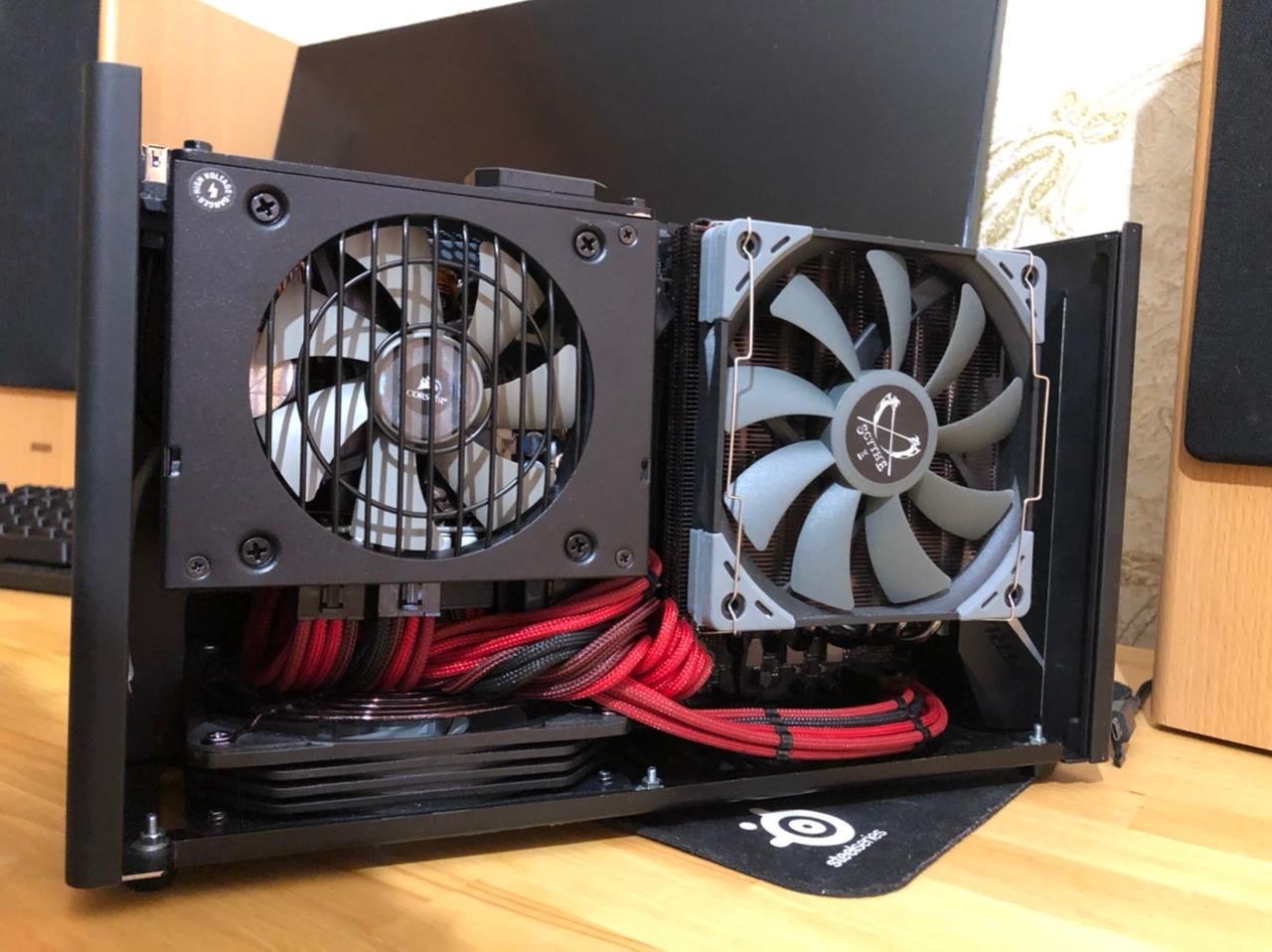
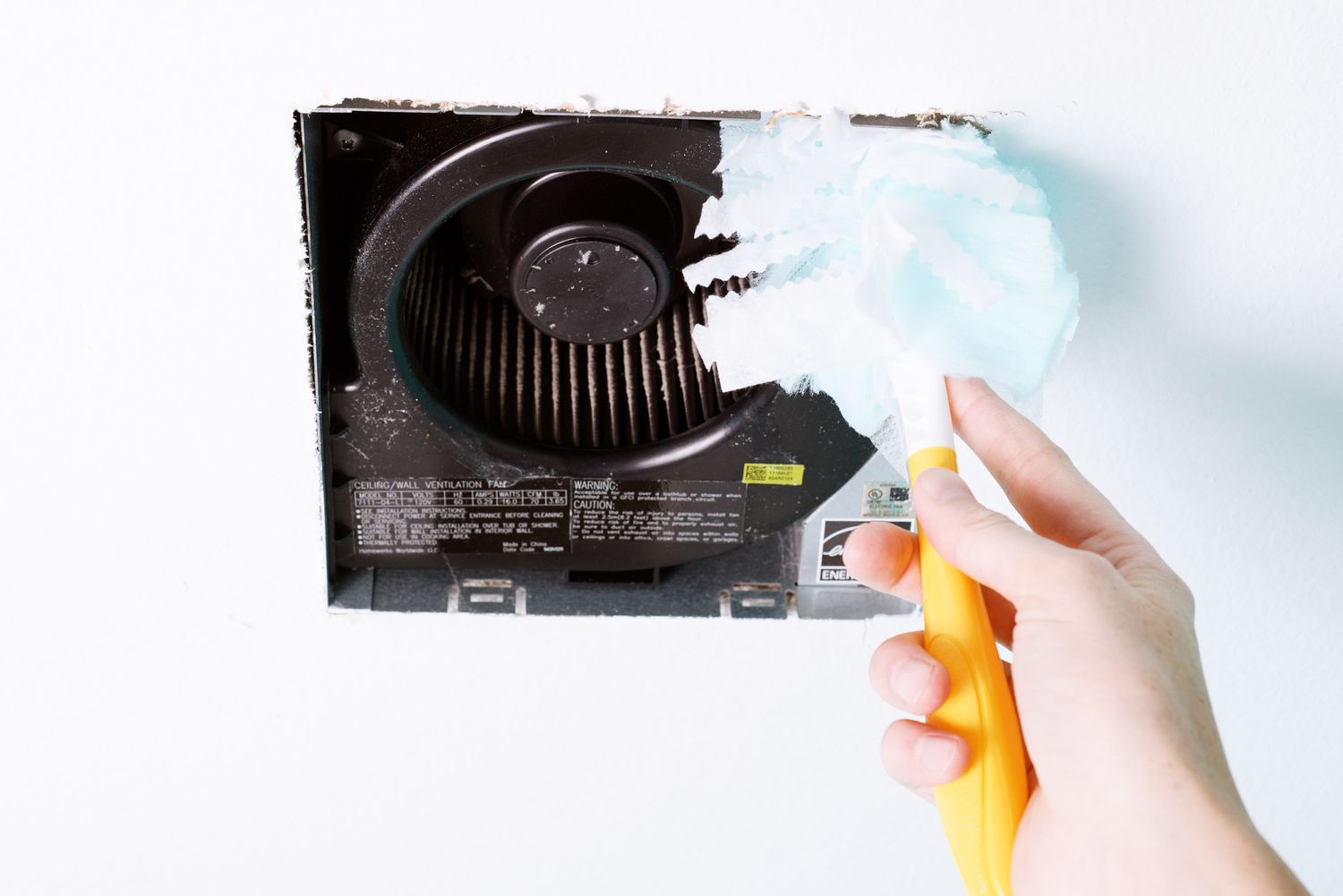
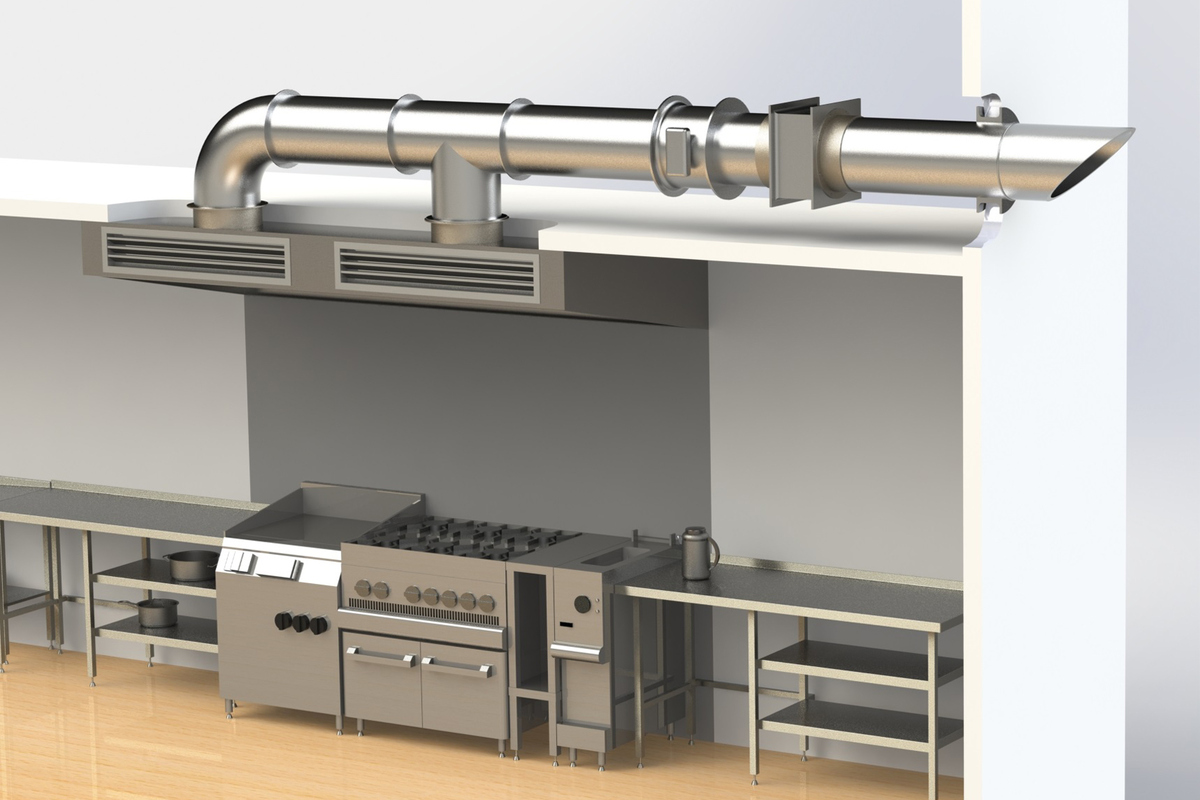
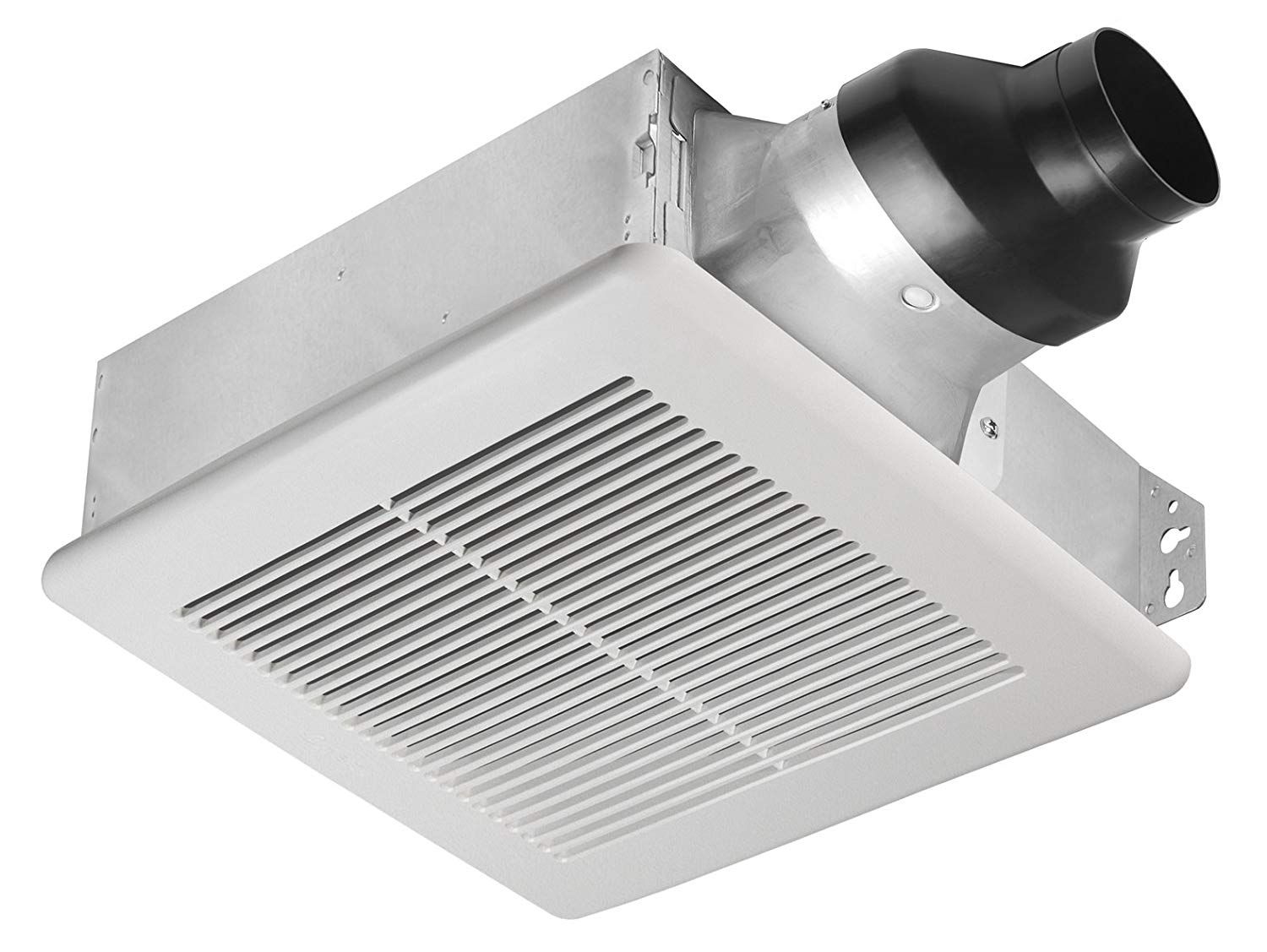
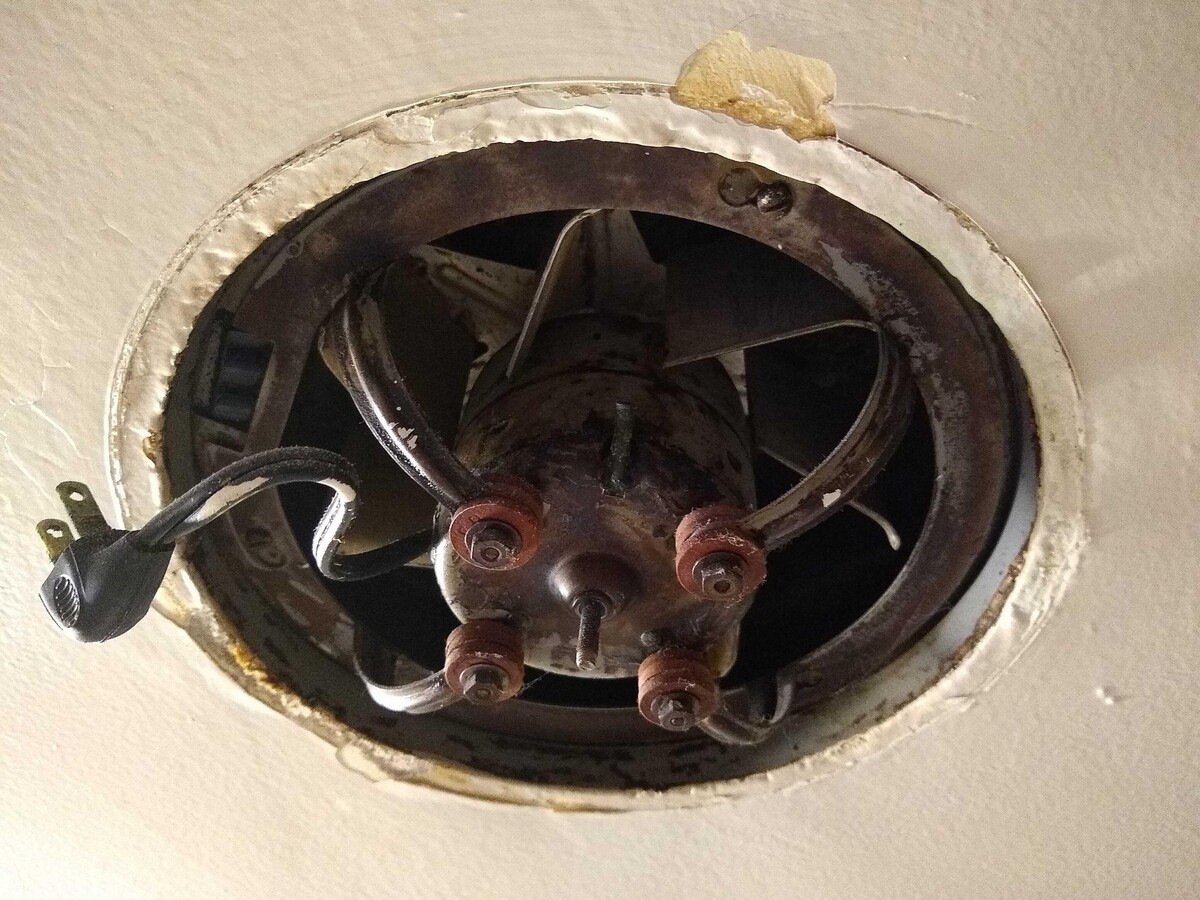
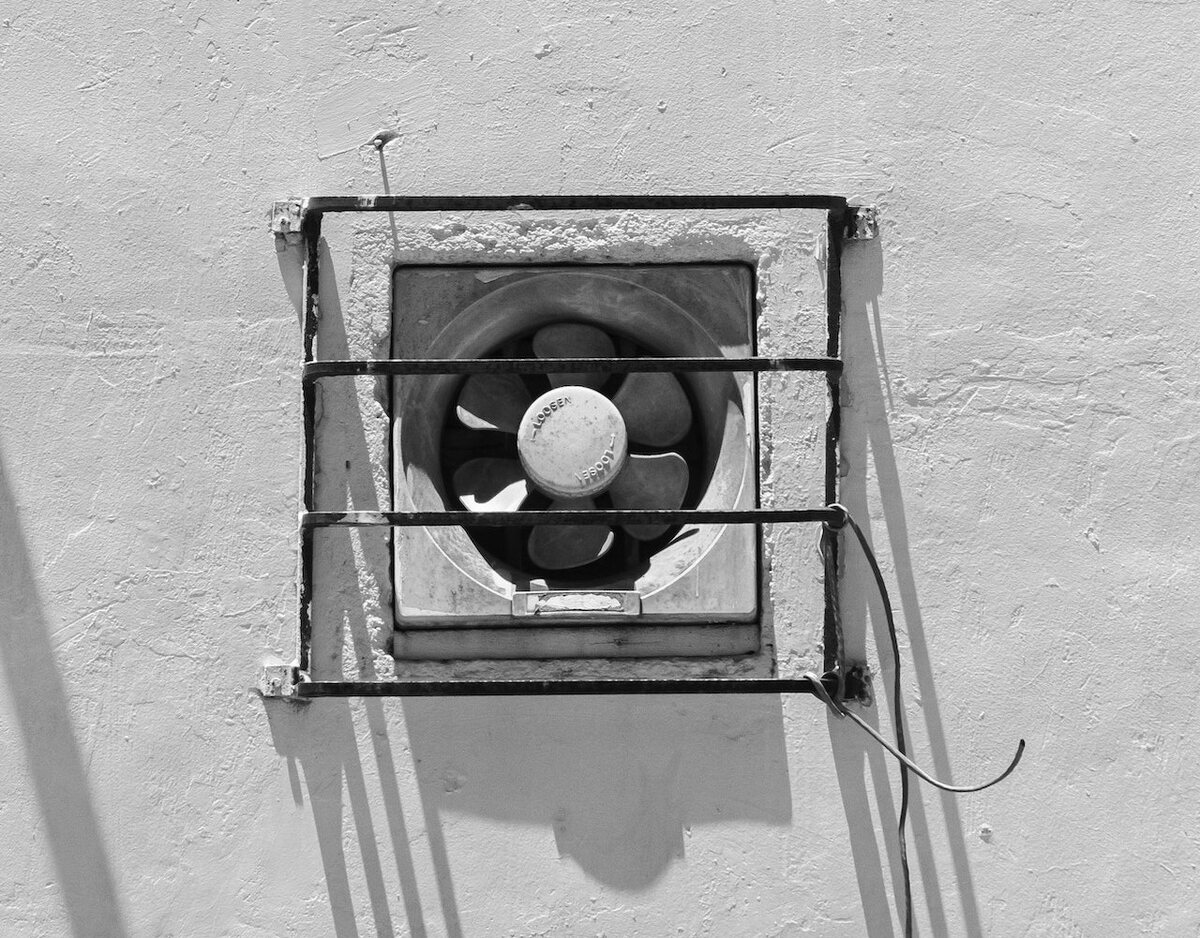

0 thoughts on “How To Choose Bathroom Exhaust Fan”